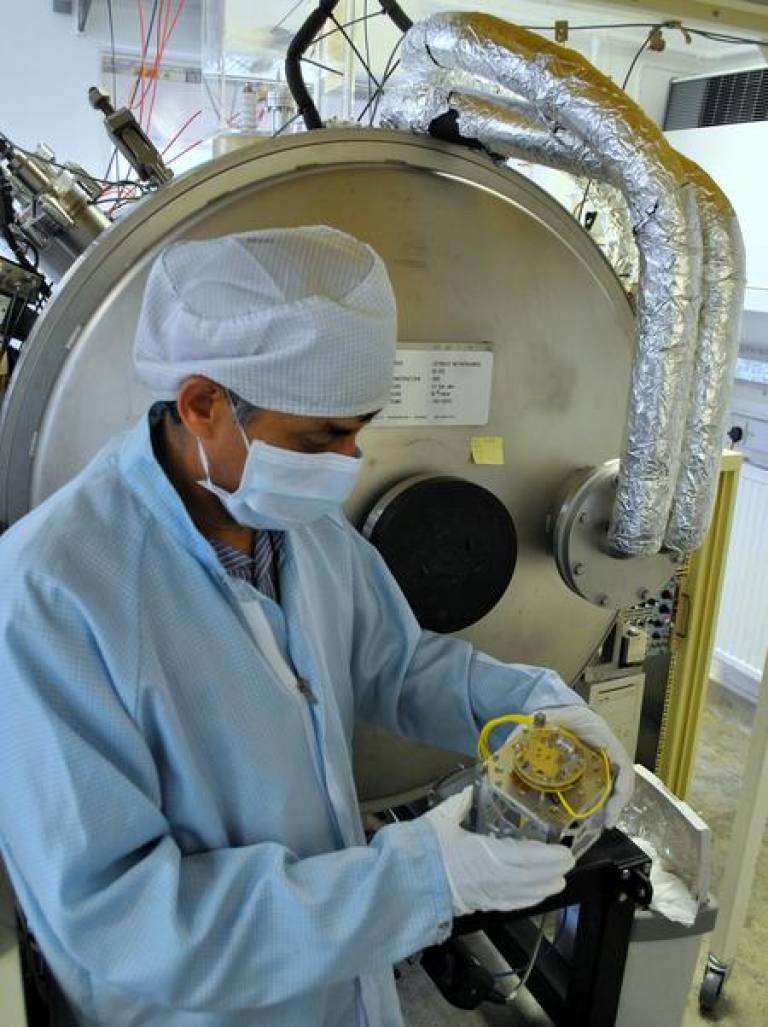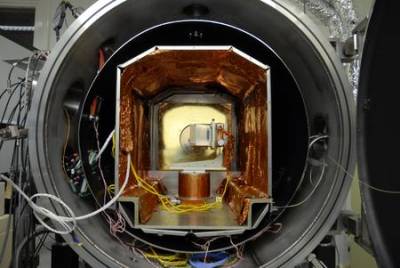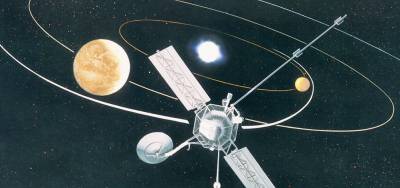How to build a satellite
20 August 1970

UCL's Mullard Space Science Laboratory is one of the key facilities in the UK's space programme. Involved in space science and spacecraft design since its foundation in the 1960s, MSSL has played a central role in many missions that have become household names.
One area being pioneered by MSSL today is the construction of smaller and lighter scientific payloads for satellites. The prototype in this photo is for an electron detector which will make measurements of space weather such as solar flares and coronal mass ejections. These can have substantial impacts on communications satellites and the Earth's upper atmosphere.
The detector is the small disc-shaped instrument mounted on the square metal chassis; holding the device is detector physicist Dhiren Kataria, who leads MSSL's miniaturisation efforts.
In this image, the sensor is attached to a CubeSat chassis, just 10cm along each side. The small size, low weight and standardised shape makes the CubeSat design a popular choice for low-cost space missions, as they can easily piggy-back on other launches.
The detector is about to be tested in a cold vacuum in the chamber in the background, which will simulate the conditions present in low Earth orbit.

Dhiren Kataria photo credit: O. Usher (UCL MAPS)
Vacuum chamber photo credit: M. de la Nougerede (UCL MSSL)
Links
High resolution images
Scientist holding CubeSat and electron detector
Inside the vacuum chamber
These images can be reproduced freely providing the source is credited
 Close
Close




